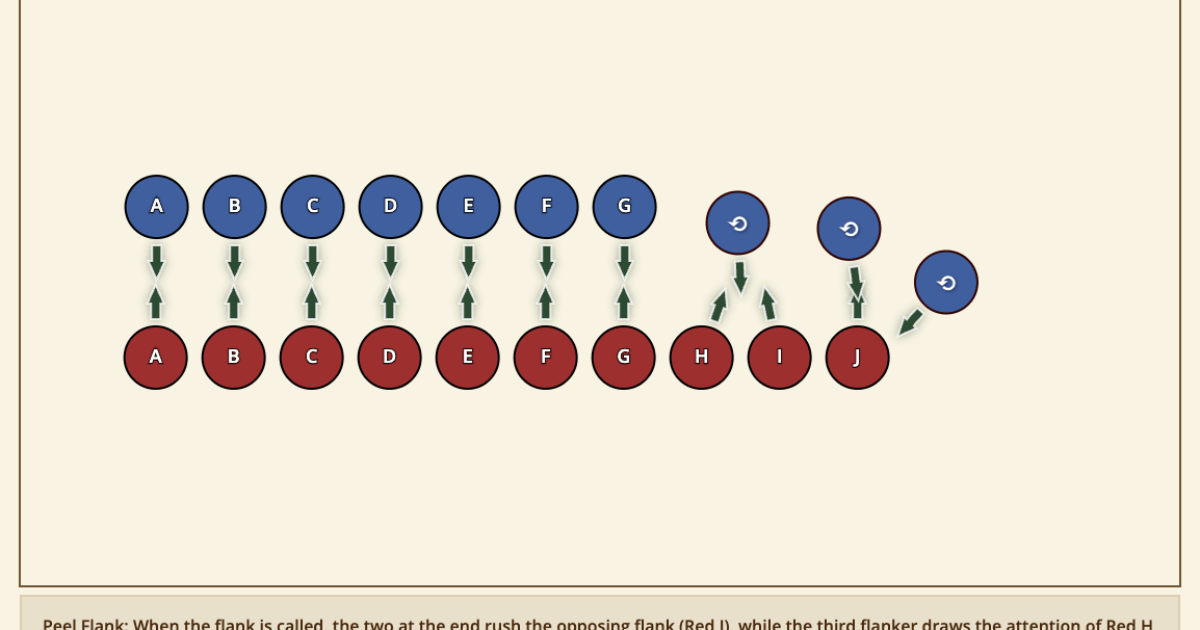A “Deathstick” is our colloquial term for a sheath. It’s a rigid, defensive side that you can use in your offhand to block and control your opponent’s weapon. Because of their simple nature, deathsticks are easy to pick up, learn, and bring to the field whenever you need an extra tool.
Points of Safety
Deathsticks are often made from heavy-duty materials like PVC or plastic. That means they can hurt someone if we’re not careful. As you defend yourselves with a deathstick you’ll find that a slow methodical approach tends to work best.
- Defense Only: Deathsticks have no offensive capabilities, meaning you can’t “kill” anyone with them. They are meant for defense only and so you should never use them to strike at your opponent or make contact with their body.
- Deathsticks Are Not Clubs: As much as you might be tempted, deathsticks shouldn’t be used to smash and bash our opponent’s weapons. They are rigid and strong which means that can damage swords.
- Making Your Own Deathstick: If you are looking to make your own deathstick, try to find something solid with minimal chance of splintering or fractures. Additionally, avoid things with gaps or openings that might trap a blade. If that’s not possible, try to cover any holes with tape or something.
General Points
When it comes to actually using a Deathstick, you’ll find that it shares many similarities with a sword. The blocks and the principles of maintaining contact remain the same. Some people hold it near the end while others hold it closer to the middle. Find what works for you.
- Blocker First: Having a deathstick to defend you can leave your sword free to attack when opportunities arise. Standing in refused stance (backfoot and offhand forward) can make your deathstick your first line of defense and the primary blocker.
- All About Control: Deathstick excels at controlling blades because of its mass. Using it to maintain contact and control where you want their blade to go can provide a lot of opportunities.
- Watch the Hand: Most deathsticks do not have any kind of hand guard, which means your hand is out in the open. It’s a tasty target for your opponent, so watch out for any quick shots. Be prepared to move it out of the way.
- Facing a Deathstick: Because your opponent’s deathstick is stronger than your sword, you want to be careful not to get overpowered. If your opponent tries to push your sword away, retreat and recover your sword before you get trapped. Additionally, as much as you want to treat the deathstick like another sword, don’t get distracted by it. It’s not the thing that can kill you.
Training Ideas
- Carry a Big Stick: Face off against a partner, wielding only a deathstick. Attempt to defend yourself as long as possible while maintaining good form. Trade positions with your partner and attack them while they defend with a deathstick.
- Sticky Stick: Square off with a partner, beginning with your deathstick maintaining contact with their blade. On the lay on, your partner will attempt to free their blade from your deathstich, while you attempt to maintain contact for as long as possible.
- 8 Basic Blocks of Deathstick: Perform each of the 8 Basic Blocks with your deathstick. Start by doing each block well and resetting between each block. Then speed up while maintaining good form.
Assessment
- Deathstick Safety: Do you understand how a deathstick can be used in a fight and what it’s capabilities are? Are you able to wield it safely without treating it like a club? Do you know what constitutes a well-made and acceptable deathstick?
- Deathstick Basics: Do you understand how a deathstick plays into your defense? Do you know what to watch for when wielding it or facing it? Do you feel comfortable using it in a fight?
- Deathstick Training: Are you able to implement proper deathstick techniques in a training exercise? Do you know how to train a deathstick on your own and with others? Do you have a plan on how to incorporate a deathstick more regularly in your fencing?

